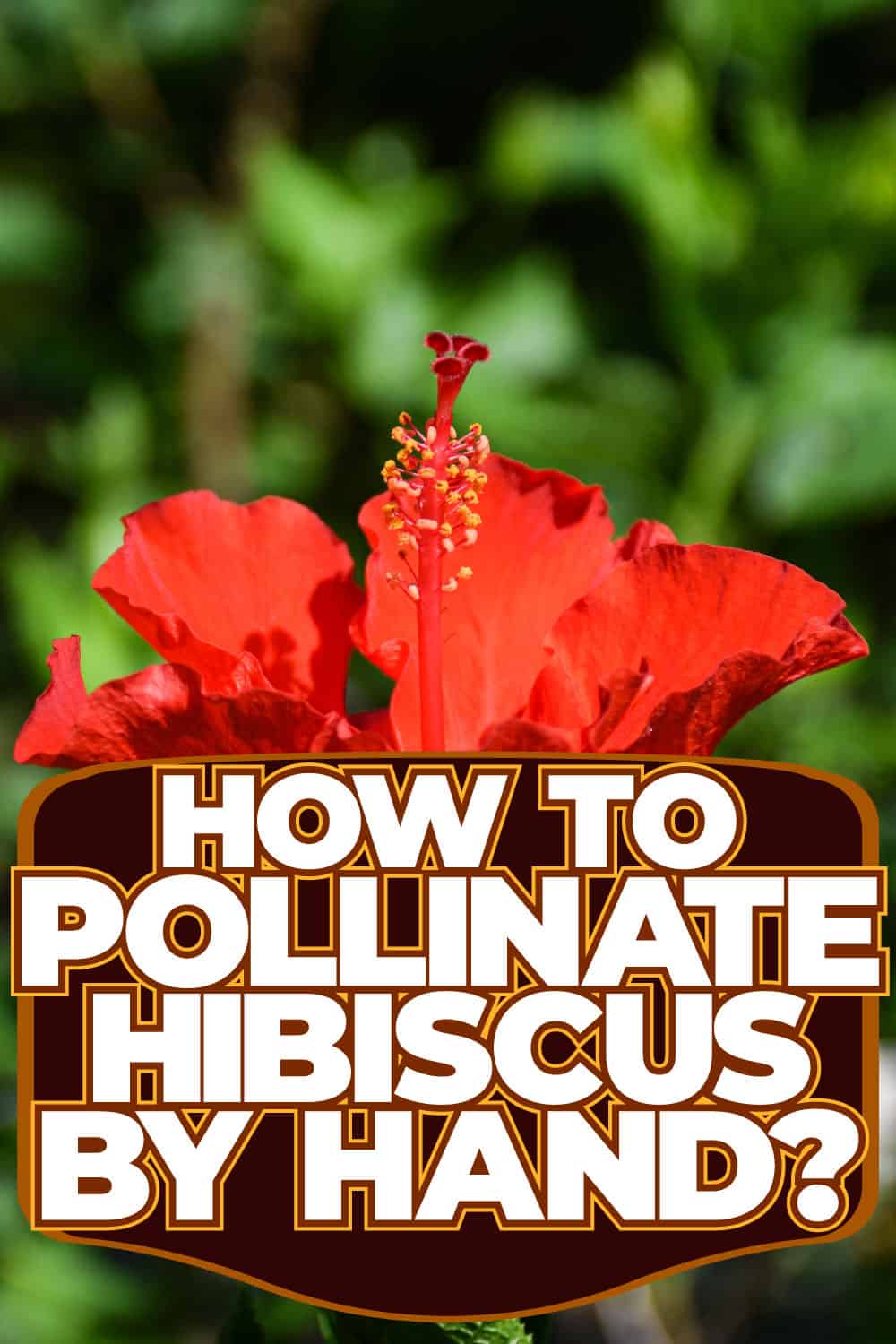Hibiscus comes in different colors and shapes because of pollination. Do you want to pollinate your hibiscus by hand? We got your back. To help you, we researched how to do this properly. Here's what we found.
To cross-pollinate hibiscus by hand, you will prepare the two preferred varieties and a small paintbrush or cotton swab. The process includes these five easy steps:
- Identify the species with the best and poor seed pods.
- Collect the pollen in the stamen.
- Scrub the picked pollen against the stigma of the second variety.
- Moisten and move the pollinated plant into partial shade.
- Harvest the seeds after several weeks.
We'll share a detailed discussion on the pollination of hibiscus. Keep reading to gain more insight as we explore related topics, such as its characteristics, types, needs, and companion plants.
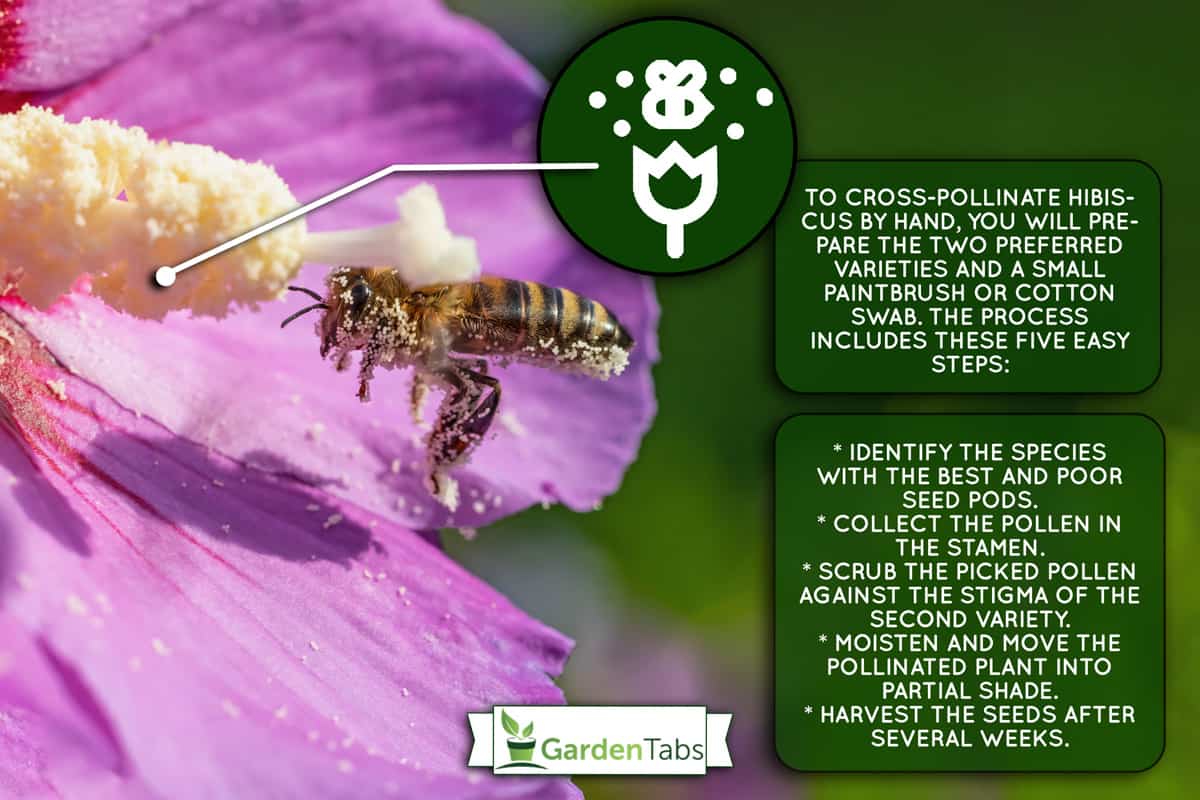
How To Do Hand Pollination Of Hibiscus?
Follow this step-by-step procedure for productive hand pollination of hibiscus.
1. Identify The Best And Poor Seed Pods
Not all varieties of hibiscus produce the same quantity of seeds within the pods. Hence, the more potent breed (mother) offers the ovary, whereas the one with a little pod (father) provides the pollen or sperm.
Similarly, check the mother plant you will use if it is ideal for seed production under ideal conditions. A few varieties are inconsistent makers.
2. Collect The Pollen In The Stamen
The best time to collect pollen is early in the morning. It is because the pollen sacs release fresh grains when the flower opens.
If you opt for tropical hibiscus, perform it during high humidity and 60 to 80 degrees Fahrenheit. Nonetheless, late afternoon is still a good option, provided the temperature is within 90 degrees Fahrenheit. These conditions increase the success rate.
3. Scrub The Picked Pollen Against The Stigma
Apply the pollen to the stigma pads using the brush or swab you used in the collection. Afterward, put a masking tape around the stem to label the mother flower, showing the variety of the pollen parent and the pollination date.
4. Moisten and Move The Pollinated Plant
Place the pollinated hibiscus under a partial shade. Likewise, maintain the soil moisture after the pollen transfer. It prevents drying out and premature dropping of the pod.
5. Harvest The Seeds
Wait until the spent bloom falls off and decomposes. The fertilization takes time, leading to seed production. Pick the ripened seeds that are small and hairy from the cracked pods after several weeks.
You can either plant them immediately after drying or keep them for future use. Register the new hybrid to the American Hibiscus Society if you want to name it.
How Do I Know If My Hibiscus Pollination Happened?
To know if the pollination is successful, observe the pistil hair color of the female hibiscus. The white hairs become darker and shrink at least one day after you pollinate the stamen.
Similarly, the fertilized calyx, the protective layer around the ovary of the flower, will swell as the plant develops. It is where the new seed pod or fruit will emerge.
Then, around 20 pieces of the brown to black seeds will develop inside within 6 to 14 weeks. However, there are times the pods are empty.
Why Is Cross-Pollination Of Hibiscus Better Than Self-Pollination?
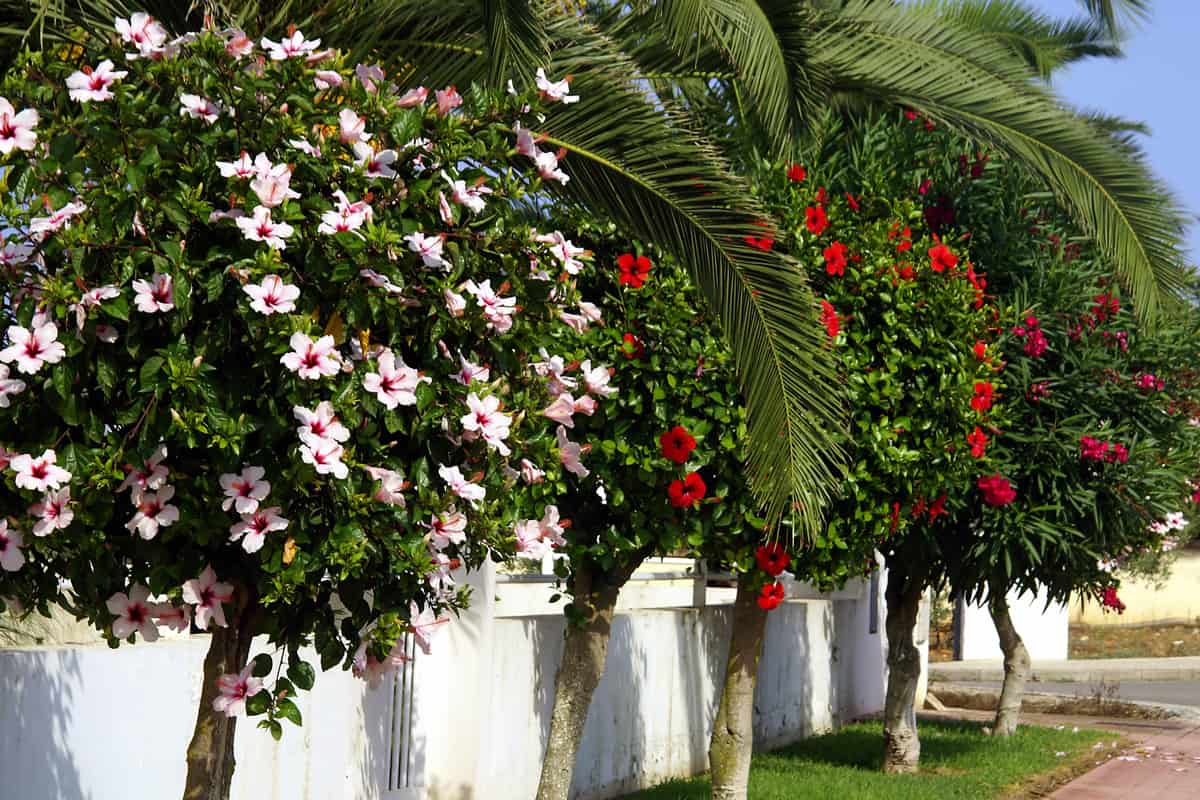
The cloned offsprings of hibiscus inherit harmful genes, reducing their chances of survival and reproduction. For this reason, cross-pollination is more beneficial than self-pollination in different aspects. According to a botanist in a forum, It produces hybrids with greater flexibility and disease resistance.
Moreover, hand pollination is a common adaptation to cross-pollinating. Humans are the helping hands of plants, while there is a decline in bee and butterfly populations because of toxic pesticide use.
How Long Does Hibiscus Pollen Last?
Pollen grains are perishable. Thus, most hybridizers recommend using them soon after the collection for better results. Despite that, you can put the open flower in the fridge for a day or two if another species is not yet present.
How To Store Hibiscus Seeds?
Place them inside an envelope and seal them in a capped jar to store the harvested hibiscus seeds. You have two options to keep the container: refrigerator and cupboard. The ovules will last for several weeks as long as there is no moisture. Otherwise, dry, room-temperature storage is suitable.
When the sowing time comes, soak the seeds overnight in the water, then dry them. Gently nick the skin with a razor blade. Remember to scrape the back side only.
What Is So Special About Hibiscus?
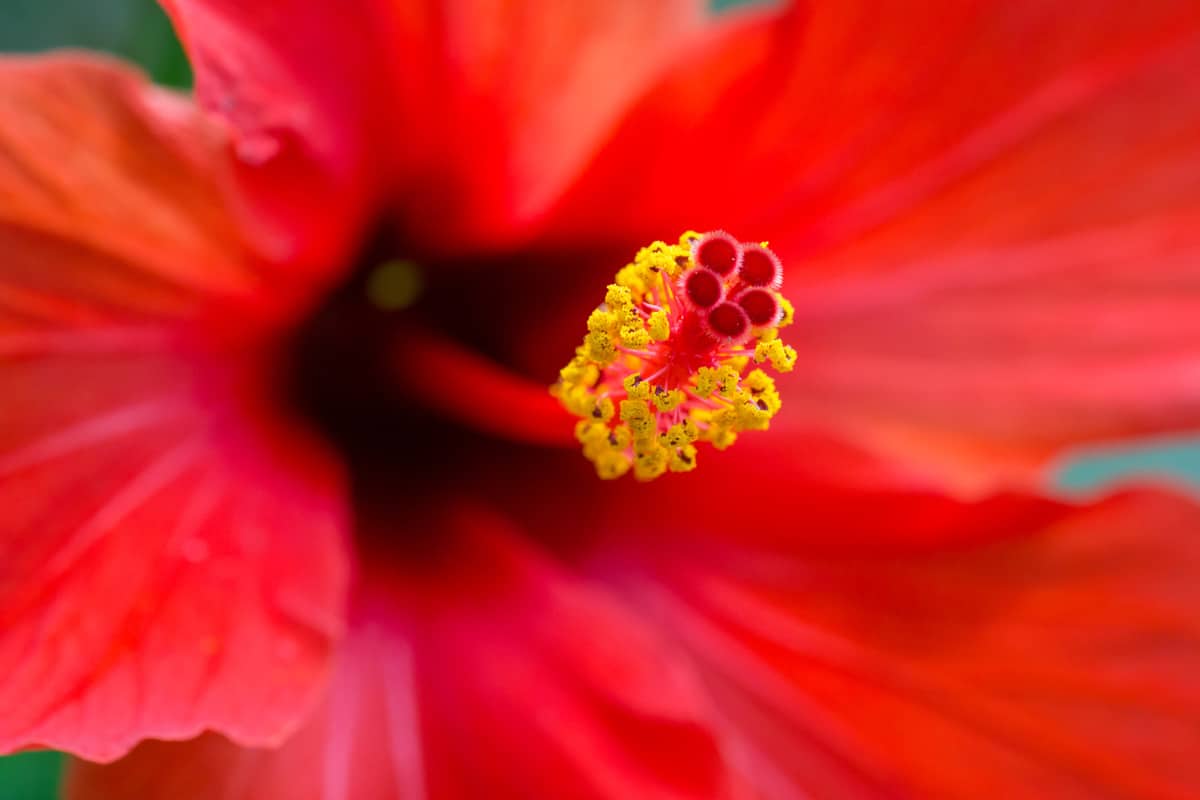
With hundreds of species, hibiscus is prevalent in tropical and subtropical regions. Growers also call it rose mallow, Rose of Sharon, or shoeblack plant. It has two main categories: tropical and hardy hibiscus. The former has glossy leaves and bright blossoms, whereas the latter has dull foliage.
It has a striking appearance, ranging from white, yellow, pink, and red to multi-color, whether as a houseplant or outdoor shrub. However, its giant flowers can only live for a day once opened. Then, they will drop upon closing.
Meanwhile, this ornamental plant carries a genetic capability called polyploidy. As a result, it enables growers to cross breeds, forming several varieties.
A few countries, such as Hawaii, Haiti, Malaysia, and South Korea, use it to symbolize their culture and life. People also feature it in paintings, stamps, traditional clothing, and animated emoji.
Aside from being a citrus-flavored drink and salad garnish, its trumpet-shaped flowers are also popular in various aspects: religion, medicine, and cosmetics. Its inner bark is helpful for making ropes and woven mats.
Click here to see this Red President hibiscus on Amazon.
How To Grow A Hibiscus Plant
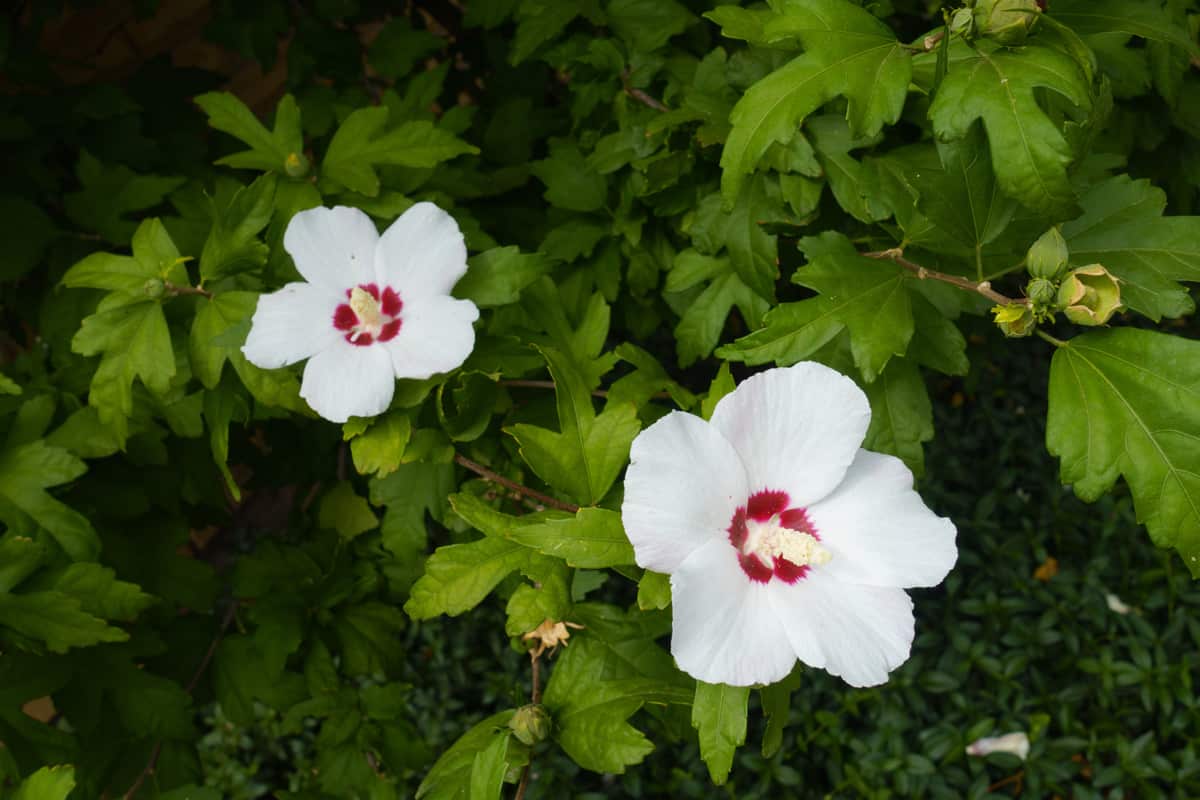
Effective propagation techniques for hibiscus are rootstock grafting, air layering, woodcutting, and seed sowing. Regardless of the method, meet these primary conditions to help your hibiscus thrive. However, remember to adjust these needs according to your location and variety.
- Sowing season: early spring
- Maturation period: 2 to 3 years
- Bloom Time: summer and fall
- Average height and spread: 8 to 16 feet high and 5 to 10 feet wide
- Average lifespan: below 50 years
- Soil condition: moist and well-drained that is acidic to neutral
- Light exposure: full to partial sun
- Water needs: daily during spring and fall and reduced frequency in cool months
- Spacing: at least 2 to 3 feet
- USDA hardiness zones: 5 to 11
Pests and Diseases
Similarly, watch out for these common problems you might encounter when needs are unmet: yellow leaves, black spots, powdery mildew, bud drop, and insect infestation, to name a few. The typical causes of these issues are the lack of nutrients, inappropriate watering, and poor light exposure.
Fertilizing
Follow the label to determine the amount of balanced fertilizer needed. The recommended ratio of nutrients is 10-10-10 or 20-20-20 NPK. Generally, perform it monthly every spring and summer for houseplants, whereas using it once or twice a month for outdoor hibiscus.
Click here to see this tub of granular fertilizer on Amazon.
Pruning
Hibiscus tolerates hard pruning. Nonetheless, the best time to prune it is during early spring. By then, blossoming is already complete.
Using sterilized hand pruners, cut dead stems and old flowers from the matured shrub before the seed heads appear. It will encourage better bloom and maintain bushy foliage.
Overwintering
Acclimate the potted hibiscus before bringing them inside the house. Similarly, keep its shape and treat the pests and diseases if present. Practice deep watering but reduce the frequency during cold months.
Click here to see this deciduous violet hibiscus on Amazon.
Why There Is No Fruit In Hibiscus?
Beneath each flower, the hibiscus bears ovoid or capsule fruits with several seeds inside, making them hidden. However, they are abortive. It means they crack and fall off upon maturation to release the winged seeds. As a result, new plants germinate.
How Do You Tell If Hibiscus Is Male Or Female?
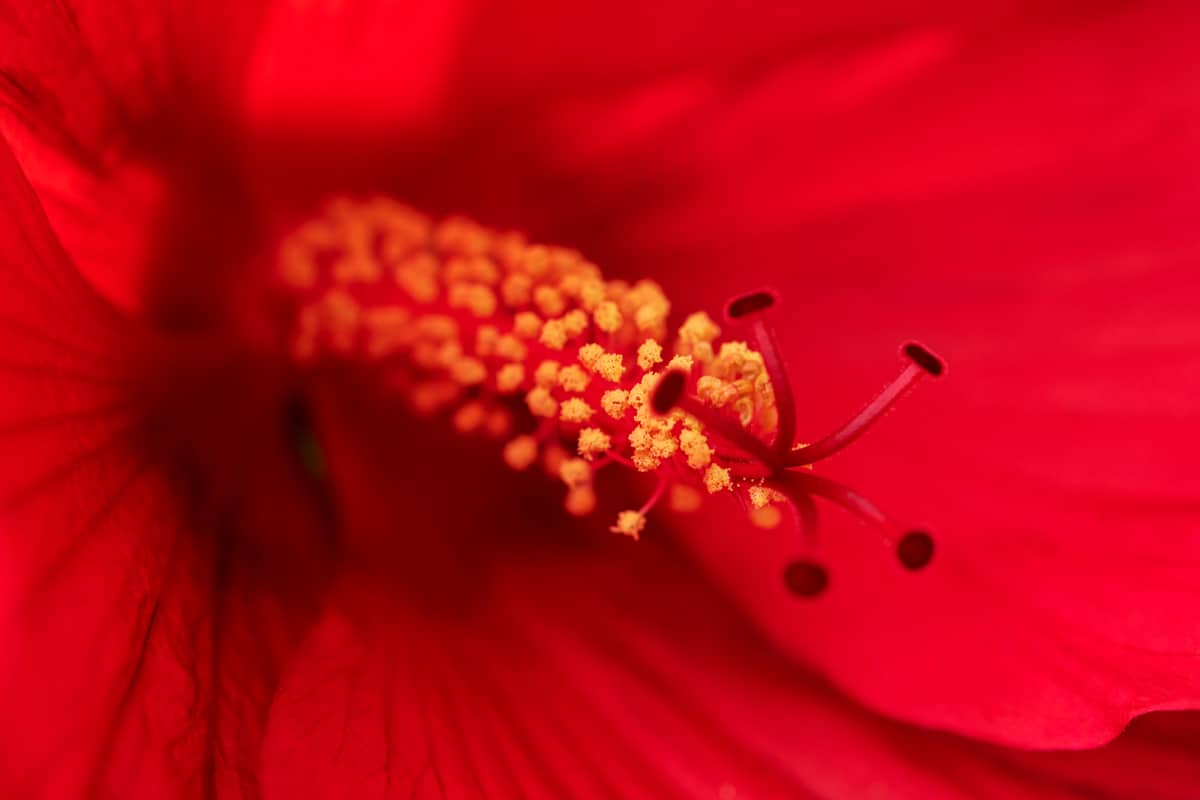
Its perennial blossoms are bisexual with five or more petals, which can grow up to 8 inches. The male and female flower parts are at the top portion of the style. The yellow stigma [anthers and filament] is the male part containing the pollen sacs. In contrast, the red pads next to it are stamen.
To see more about the elements of this flower, watch this clip.
What Are The Pollinating Agents Of Hibiscus?

The primary pollinators of hibiscus flowers are hummingbirds, bees, and butterflies. They carry the pollen grains from the male [anthers] to the female [pistil] part of the plant. Although the blossoms have no distinct smell, this shrub produces nectars to attract these agents.
In contrast, wind pollination is not viable for hibiscus because of the stickiness of its pollen.
Can A Hibiscus Self-pollinate?
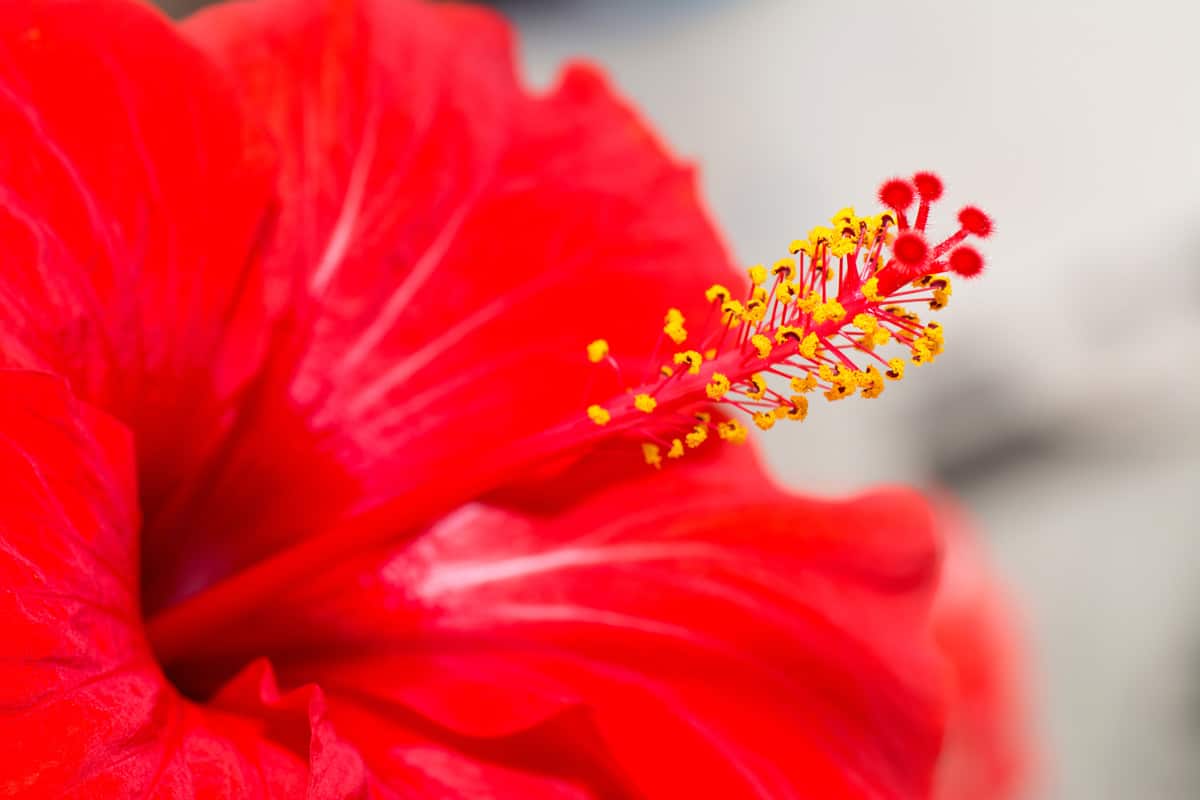
Hibiscus can self-pollinate through direct stylar movements. It serves as an alternative whenever the pollinators are unavailable or inefficient. For instance, your plant is inside the room. Pollination takes place because of the presence of both male and female flower parts.
What Should I Plant Next To My Hibiscus?
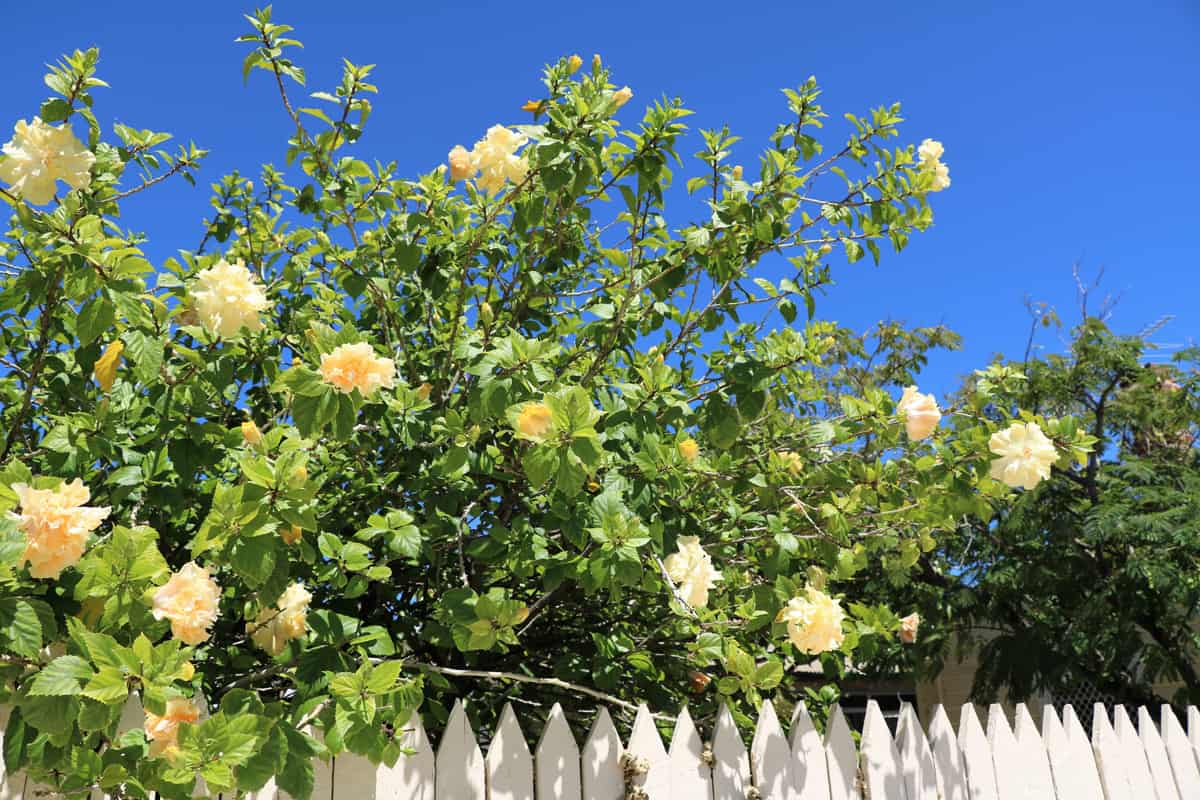
Consider raising these ideal companion plants alongside your hibiscus. They will help boost the soil nutrients and visual aesthetics of your garden.
- Bigleaf Hydrangea
- Butterfly Bush
- Caladium
- Crapemyrtle
- Daylily
- Japanese Anemone
- Lemon Mint
- Monarda
- Red Switch Grass
- Sweet potatoes
- Wild hyacinth
Final Thoughts
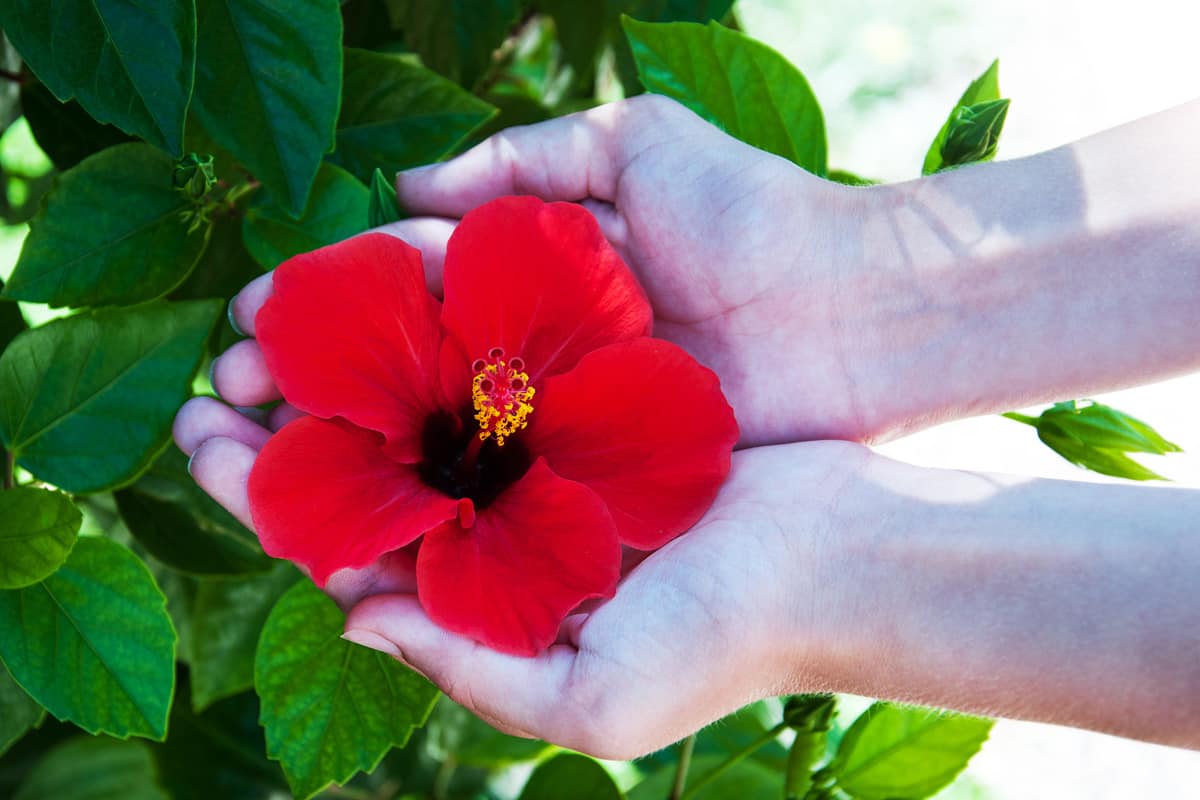
To help you pollinate hibiscus, transfer the pollen grains from the stamen of poor seed pods to the stigma with abundant seeds. Wait for several weeks before seed harvest. Then, sow the seeds after prepping. Although artificial, manual pollination is a simple yet effective method for cultivating new hybrids.
Thanks for reading! If you enjoyed this post, explore these articles:
My Hibiscus Is Dying – What To Do?
What Is The Difference Between Pollination And Fertilization?
